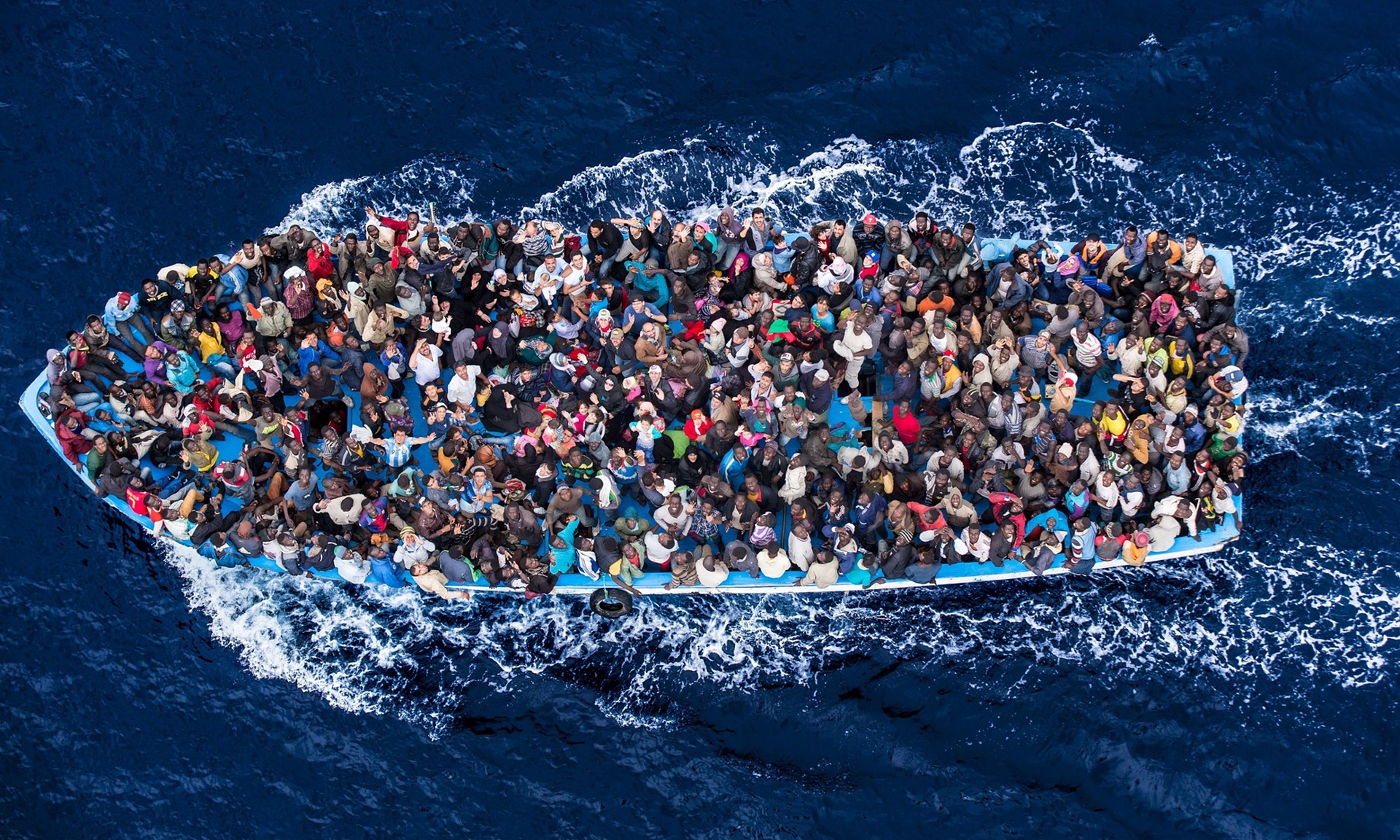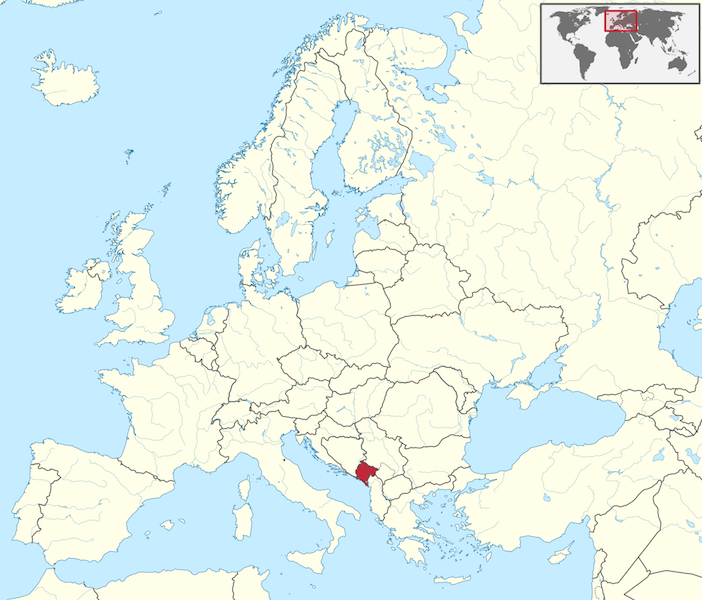With the rise of the Islamic State in Iraq and Syria (ISIS) and the newly established NATO-led coalition against the brutal terrorist organization, international concern has been heavily focused on the political destabilization in Iraq. While the global community focuses its attention on the threat posed by ISIS, it is important not to forget the 9 million refugees and internally displaced persons (IDPs) who continue to struggle to find a safe refuge.
Refugees are classified as persons who have been forced to leave their country in order to escape war, persecution or natural disaster. As of 2013 there were 51.2 million refugees identified worldwide, the highest number since the Second World War. IDPs are forced to relocate for the same reasons as refugees, but within their own borders rather than in another country. Just as vulnerable as refugees, in 2011 there was an estimated 26.4 million IDPs worldwide.
The UN High Commissioner for Refugees (UNHCR) was created in 1951 to provide assistance to those displaced and seeking aid following the Second World War. Mandated to lead and coordinate international action to protect all refugees and IDPs, the rising number of individuals seeking shelter, aid and protection has created a considerable amount of strain for the UNHCR. The UNHCR argues against their forcible return, yet has been under serious stress as the number of those leaving their homes continues to rise. The total annual budget for the UNHCR in 2013 came to $3 billion dollars, yet, despite the high figure, there are many problems for refugees and IDPs, resulting in the need for further funds.
Donor earmarking is one problem. It allows each country to provide the UNHCR with an annual financial donation, but because governments can stress where they want their funds to be allocated, aid is not necessarily equally distributed or given to the most vulnerable. The United States and European Union members almost always have conditions attached to their funds, either because of legislative pressures, strategic or political concerns, or because they want to know exactly where their donation is going.
Of much greater concern, is that the burden of caring for these refugees is increasingly falling on states with the least amount of resources. As of 2014, developing countries are host to 86% of all the world’s refugees, while wealthy countries are host to just 14% of the world’s overall refugees. Large numbers of refugees and IDPs escaping to new areas inadvertenly put a strain on state resourcs. Throughout the Syrian crisis, Jordan and Lebanon have kept their borders open to those escaping the conflict. Lebanon now hosts more than 1 million Syrian refugees, making 25% of its overall population Syrian. Today Pakistan plays host to the largest number of refugees worldwide. By doing so, these states have to cope with the burden of providing and supporting the rising influx of refugees, along with responding to the demands of their own people.
Any country overseeing the establishment of a refugee camp, has to inadvertently deal with the economic, political and social implications that are attached. This includes the provision of food, shelter, medication, sanitation and social services. As those living in such camps have no housing alternative, it is common for such camps to become artifical environments with little sustainability or efficient economy. Social tensions can easily arrise, creating the opportunity for physical and sexual violence to break out and child soldier and terrorist recruitment to take place.
In the post 9/11 world, the opportunity for refugees or IDPs to seek permanent reestablishment in another country is increasingly slim. Instead, providing durable solutions to refugees and IDPs to encourage them to return home is seen as the only viable method. This can include the provision of economic incentives, or by convincing them that they will be free and safe back in their home state.
An estimated 6.3 million people have been refugees for years, sometimes even decades. Around the world many of these refugees have spent the best part of their lives in camps. Some of these camps have become virtually permanent, with their own schools, hospitals and businesses. The recent conflict in Syria and Iraq have only exacerbated the issue, creating new economic and political strains for countries providing asylum. The logistical strains on the UNHCR which will be responsible for trying to persuade millions to eventually return to their place of origin, is worsening one of the world’s largest humanitarian conflicts in the twenty-first century.




